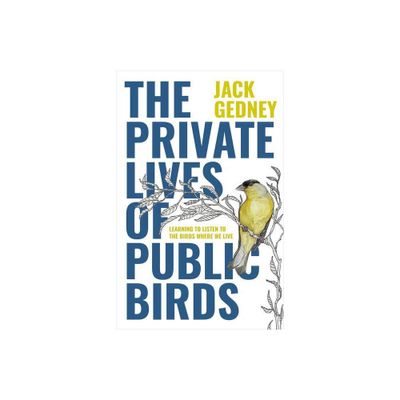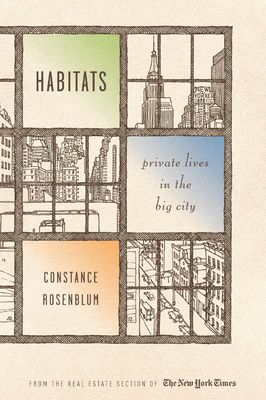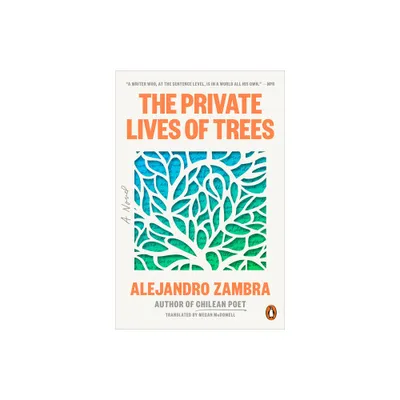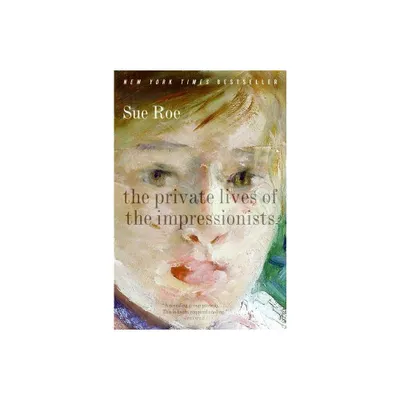Home
Private Lives, Public Histories: An Ethnohistory of the Intimate Past
Loading Inventory...
Barnes and Noble
Private Lives, Public Histories: An Ethnohistory of the Intimate Past
Current price: $105.00


Barnes and Noble
Private Lives, Public Histories: An Ethnohistory of the Intimate Past
Current price: $105.00
Loading Inventory...
Size: Hardcover
*Product Information may vary - to confirm product availability, pricing, and additional information please contact Barnes and Noble
Private Lives, Public Histories
brings together diverse methods from archaeology and cultural anthropology, enabling us to glean rare information on private lives from the historical record. The chapters span geographic areas to present recent ethnohistorical research that advances our knowledge of the connections between the public and private domains and the significance of these connections for understanding the past as a lived experience, both historically and in a contemporary sense. We discuss how the use of different sources—e.g., public records, personal journals, material culture, the built environment, letters, public performances, etc.—can reveal different types of information about past cultural contexts, as well as private sentiments about official culture and society. Through an exploration of sites as varied as homes, factories, plantations, markets, and tourism attractions we address the public significance of private sentiments, the resilience of bodies, and gendered interactions in historical contexts. In doing so, this book highlights linkages between private lives and public settings that have allowed people to continue to exist within, adapt to, and/or resist dominant cultural narratives.
brings together diverse methods from archaeology and cultural anthropology, enabling us to glean rare information on private lives from the historical record. The chapters span geographic areas to present recent ethnohistorical research that advances our knowledge of the connections between the public and private domains and the significance of these connections for understanding the past as a lived experience, both historically and in a contemporary sense. We discuss how the use of different sources—e.g., public records, personal journals, material culture, the built environment, letters, public performances, etc.—can reveal different types of information about past cultural contexts, as well as private sentiments about official culture and society. Through an exploration of sites as varied as homes, factories, plantations, markets, and tourism attractions we address the public significance of private sentiments, the resilience of bodies, and gendered interactions in historical contexts. In doing so, this book highlights linkages between private lives and public settings that have allowed people to continue to exist within, adapt to, and/or resist dominant cultural narratives.


















